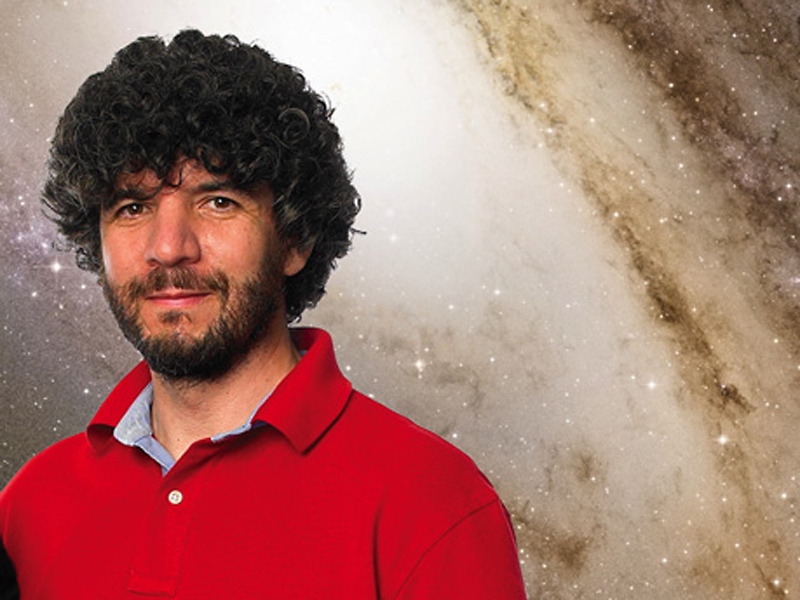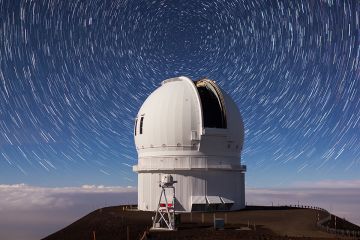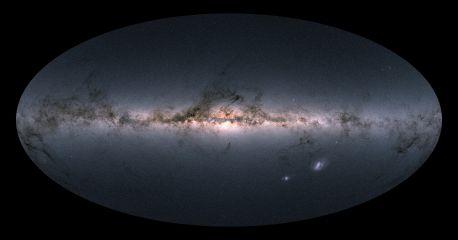Ring around Andromeda challenges galactic ideas
- Mitch Wright

A surprising discovery about dwarf galaxies orbiting the much larger Andromeda galaxy suggests that conventional ideas regarding the formation of galaxies like our own Milky Way are missing something fundamental. In a paper published Jan. 3 in the prestigious journal Nature, an international team of astronomers including two University of Victoria professors describes the discovery that almost half of the 30 dwarf galaxies orbiting Andromeda do so in an enormous plane more than a million light years in diameter, but only 30,000 light years thick.
The findings defied scientists’ expectation—based on two decades of computer modeling—that satellite galaxies would orbit in independent, seemingly random patterns. Instead, many of these dwarf galaxies seem to share a common orbit, an observation that currently has no explanation.
“It’s a very unusual, unexpected configuration,” says UVic astrophysicist Dr. Julio Navarro, a co-author of the paper. “It’s so unexpected that we don’t know yet what it’s telling us. The fact that it is there at all is pointing us toward something profound.”
The paper is based on data collected as part of a project led by UVic adjunct assistant professor Dr. Alan McConnachie, of the National Research Council of Canada’s Herzberg Institute of Astrophysics (NRC-HIA) in Saanich.
McConnachie, another co-author of the Nature paper, is principal investigator of the Pan Andromeda Archaeological Survey (PAndAS), which used the Canada-France-Hawaii Telescope between 2008 and 2011. Examination of the data collected provided the first panoramic view of the Andromeda galaxy, the Milky Way’s nearest galactic companion, and the surprising discovery.
Understanding how and why the dwarf galaxies form the ring around Andromeda is expected to offer new information on the formation of all galaxies.
Photos
In this story
Keywords: astronomy, postdoctoral research
People: Julio Navarro





